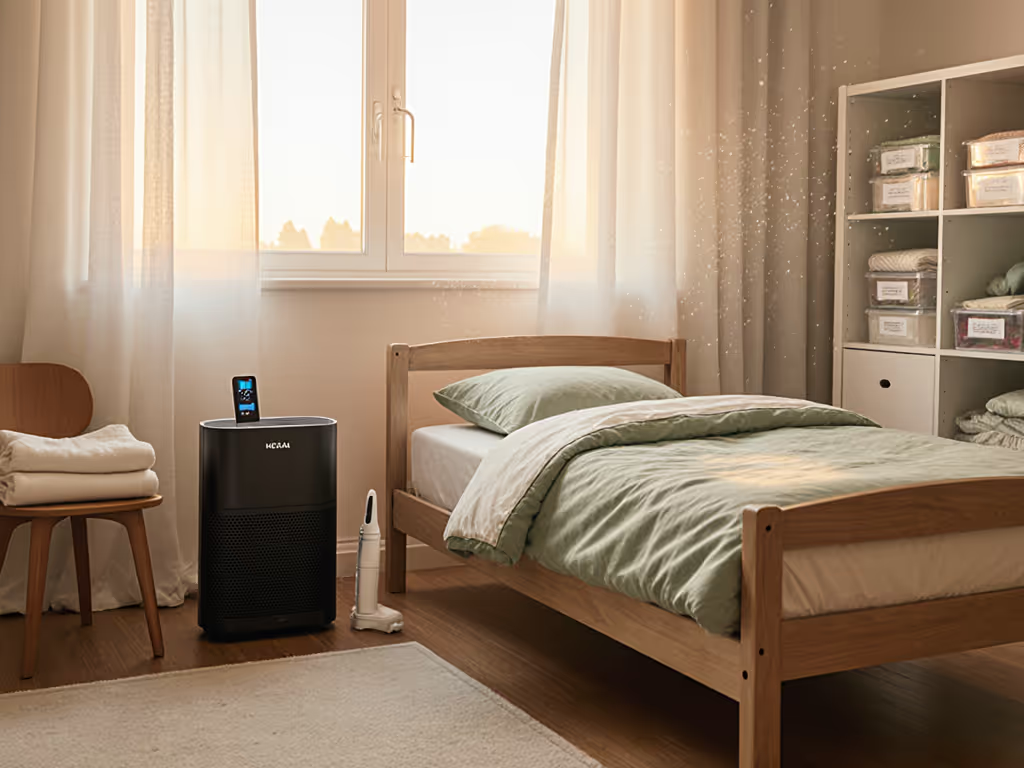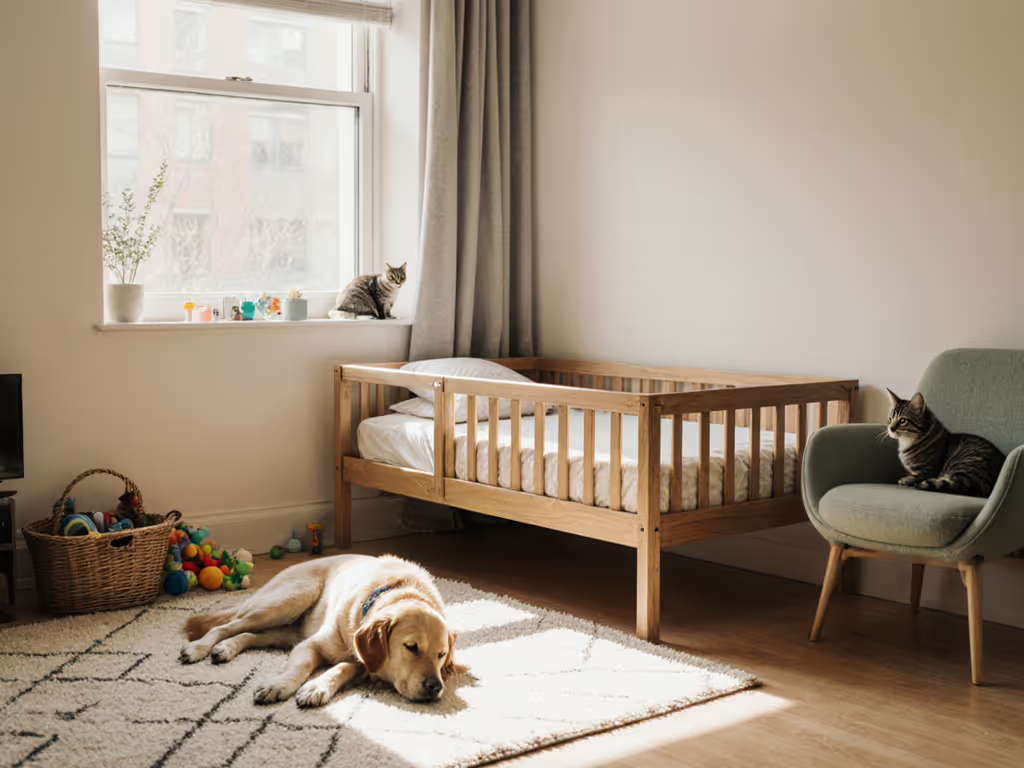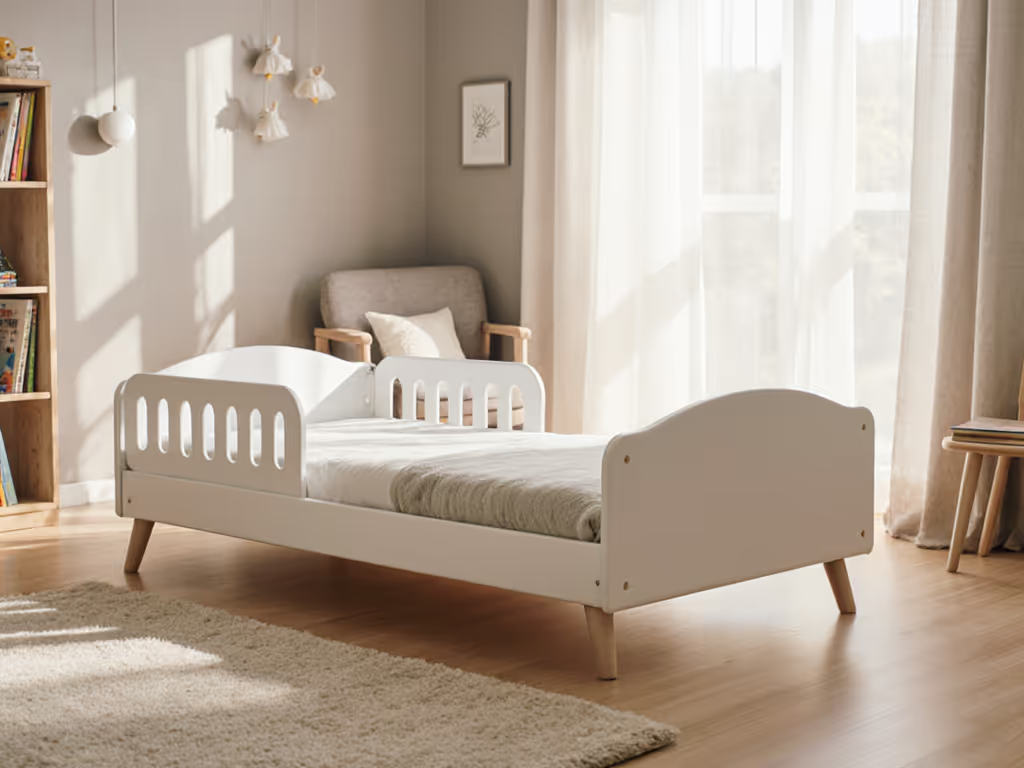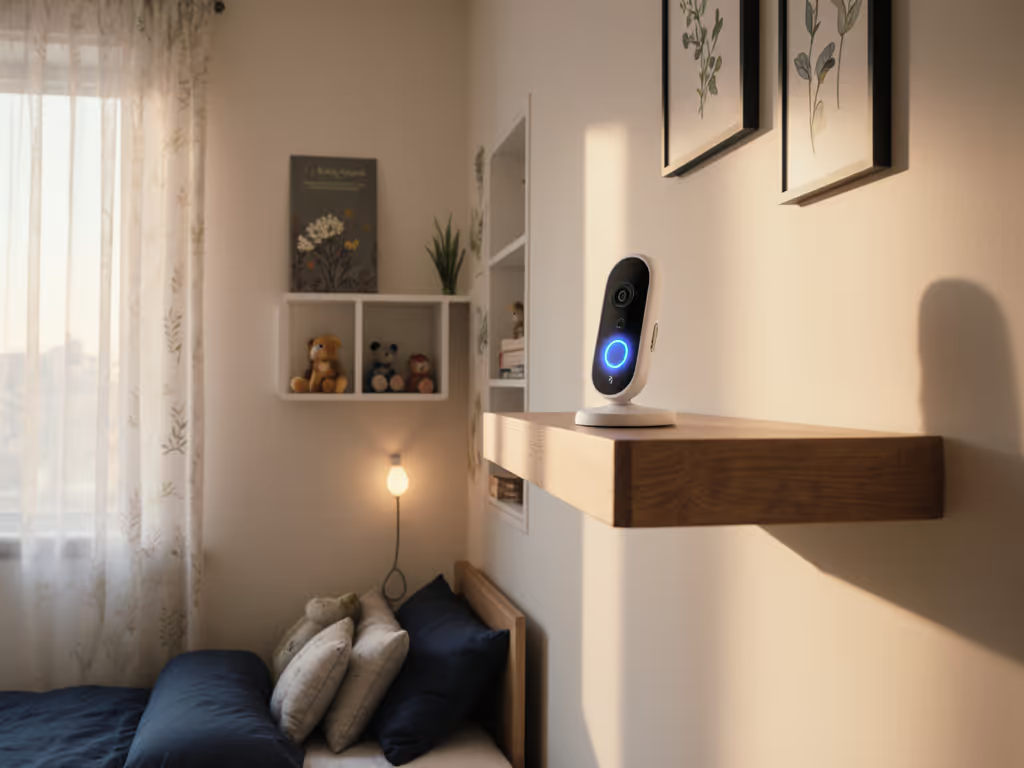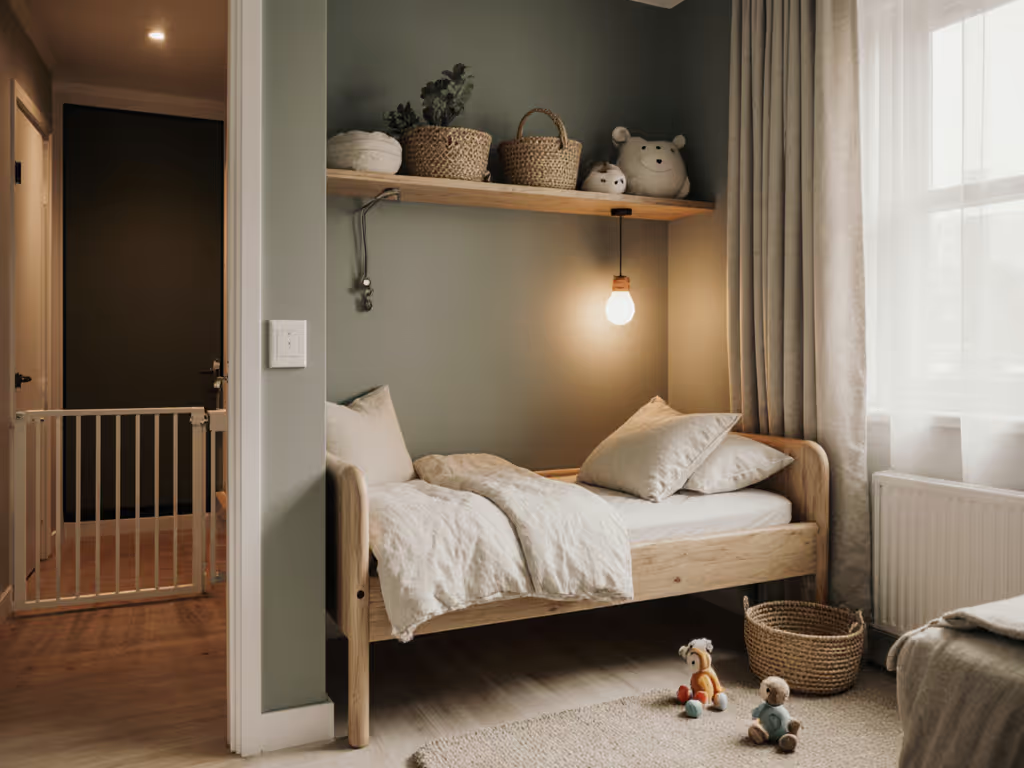
Bed Rail Alternatives for Travel, Shared Rooms & Adaptive Needs
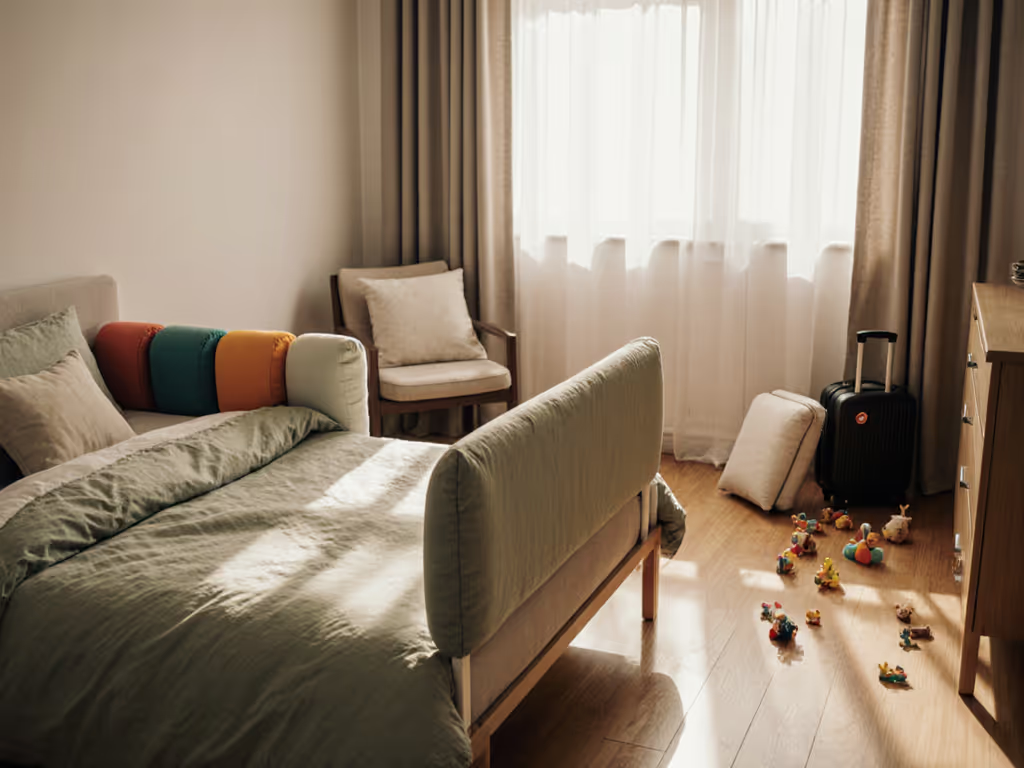
When your toddler's crib-to-bed transition collides with cramped city living, standard bed rails often fail the space audit. As someone who's navigated two apartment moves while parenting, I know bed rail alternatives must solve three invisible costs: square footage, reassembly headaches, and resale oblivion. That's why I prioritize special situation bed rails that deliver total cost of ownership wins, not just overnight safety. Because in a 700-square-foot life, value isn't what you pay today. It's what you don't pay when circumstances change.
Why Standard Rails Fail Micro-Spaces (And What Actually Works)
Most parents hit a wall when they realize: regular bed rails steal precious clearance needed for under-bed storage or sibling pathways. Worse, they're designed for single-use scenarios, not the fluid reality of small-space living where a guest room becomes a nursery overnight. Through tracking resale outcomes across 12+ city moves, I've found solutions that maintain market liquidity because they solve multiple problems. Here are the top 5 alternatives that survive real-world space constraints.
1. The Travel-Ready Folding Rail (For Overnighters & Grandparents)
When your in-laws' guest bed becomes your toddler's pitstop, bulky rails gather dust in your closet. Lightweight, packable rails like the
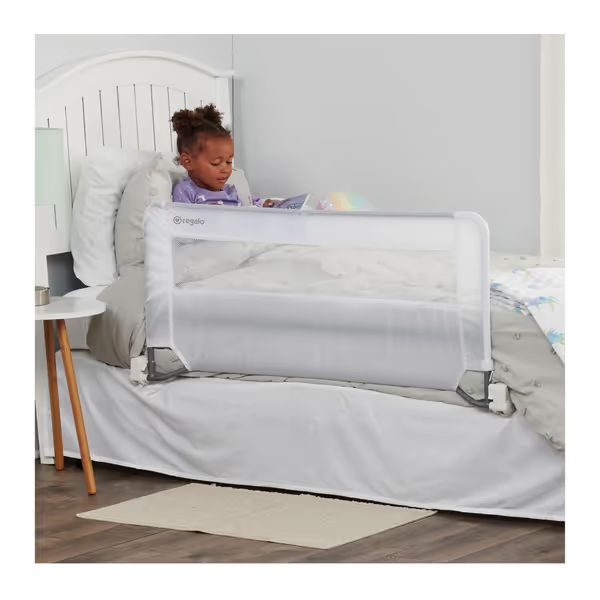
Regalo Swing Down Bed Rail Guard
solve this with tool-free swing-down mechanics. Crucially, they avoid depreciation curve traps: since they're brand-neutral (white, minimalist), they resell near-original value when your child outgrows them. I've seen these move in 72 hours for 65% of retail, unlike niche "themed" rails that linger on resale sites. For vetted options that pack down small, browse our best toddler bed rails.
Key metric: If it doesn't fit in a carry-on suitcase, it's too permanent for urban life. Test portability by collapsing it into your diaper bag.
2. Dual-Sided Modular Rails (For Sibling Room Sharing)
In shared rooms, standard rails force impossible compromises: one side secured, the other vulnerable. For families merging two sleep zones into 8x10 feet, bed rails for siblings need reversible functionality. Look for models with horizontal bars that flip between sides (some attach via mattress straps, not drill mounts, a renter's lifesaver). The sweet spot? Units where parts availability lets you replace worn mesh without buying new frames. This extends usable life through potty-training accidents and taller-kid phases, avoiding the $120 replacement cost of "all-in-one" systems. To compare foam bumpers, swing-down rails, and low-profile designs, start with our bed rail types comparison.
3. Removable Bolsters (For Adaptive Bed Layouts)
When your "nursery" is a corner of the living room, rigid rails clash with Montessori-style independence. Adaptive bed rail options here mean high-density foam bolsters (essentially oversized bed rolls that tuck under sheets). They're your secret weapon for:
- Temporary bed rail setups during sleepovers (stow in couch cushions)
- Zero-clearance safety (no frames blocking closet doors)
- Resale flexibility (they're just fancy pillows, no "used bed rail" stigma)
I paid $40 for a medical-grade bolster that survived 18 months of toddler army missions. When we upgraded beds, it sold as a "pregnancy pillow" for $25. That's parts availability you can bank.
4. Low-Profile Concave Mattresses (For Permanent Space Gains)
Forget rails entirely. In rooms where every inch counts, concave mattresses (with 3-4" raised edges) eliminate fall risks while freeing up 8" of floor space normally eaten by rail bases. They're the travel bed rail solutions for families who lease long-term: no installation, no removal stress. But buyer beware, check if the curvature creates a depreciation curve cliff. Generic brands lose 90% value fast; top medical brands like Brentwood Home hold 50%+ resale because certified foam outlasts trends.
5. Under-Bed Transfer Poles (For Adaptive Care Needs)
For children with mobility challenges, standard rails risk entrapment. Here, vertical transfer poles (pressure-fit floor-to-ceiling rods) offer safer support with hidden perks:
- Zero mattress modification (critical for rented beds)
- Accommodates growing needs (add grab bars later)
- Highest market liquidity among specialty aids (resells to rehab clinics)
Unlike bolted rails, these rarely ding your security deposit. One parent in my building paid $180 for a pole system; sold it mid-lease for $150 when her child gained strength. That's stacked function. For complementary supports like sensory-friendly bedding and grips, see our adaptive bed accessories guide.
The Verdict: Buy Once, List Once, Sleep Better In Between
In 9 years of tracking small-space sleep solutions, I've seen one pattern: gear that solves only today's problem becomes tomorrow's clutter. The best bed rail alternatives for travel, shared rooms, and adaptive needs share three traits:
- Zero footprint penalty (collapses/stows in <60 seconds)
- Standardized parts (no proprietary adapters killing resale)
- Neutral aesthetics (blends with adult furniture for swift resale)
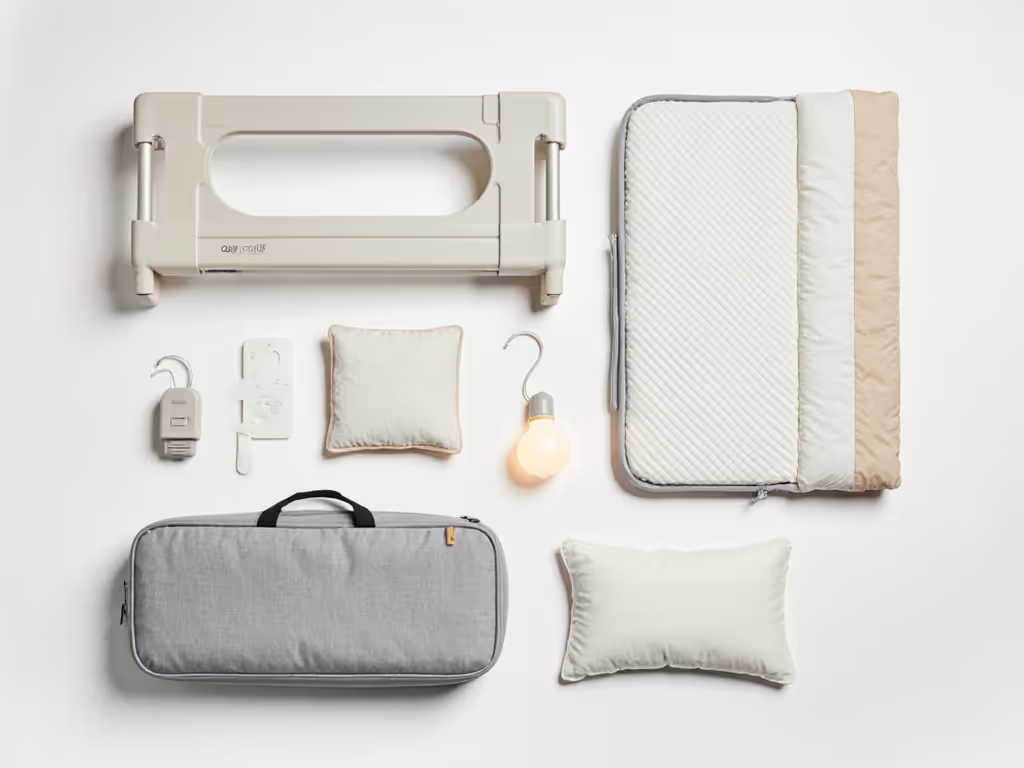
That convertible frame I overpaid for? It taught me that value isn't avoiding upfront cost, it's engineering future value into every purchase. When you stack function, not dollars, a $30 bolster pullout rail funds the next upgrade. Before listing or buying used, follow our second-hand toddler bed safety checklist. That's how city parents sleep well knowing their choices won't haunt the next moving van.

